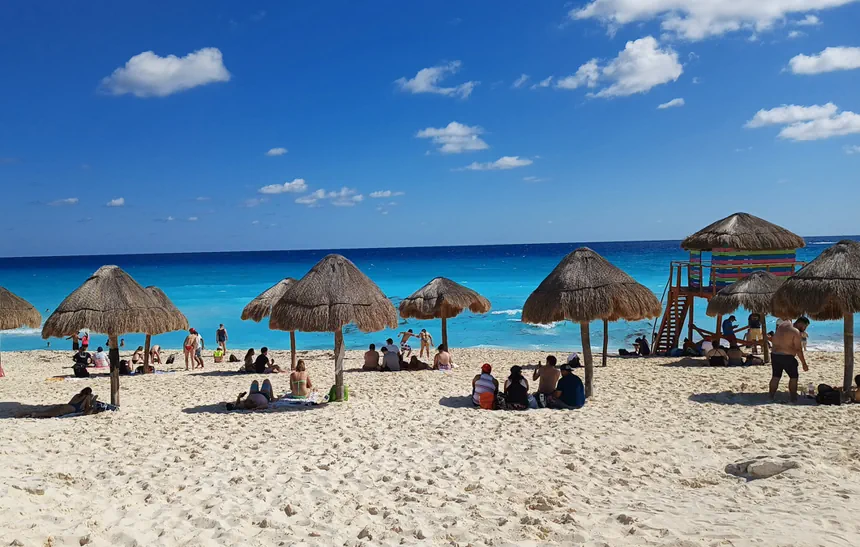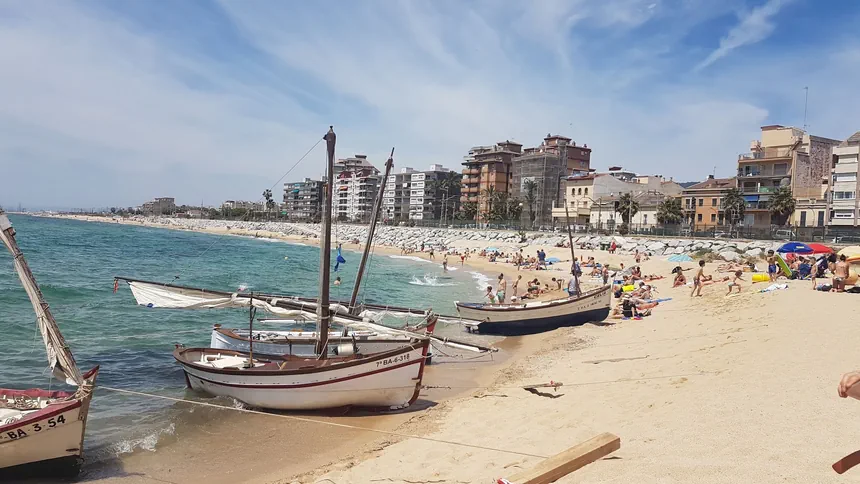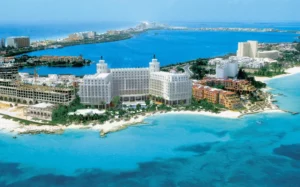As Catedrais Beach, also known as Praia de Augas Santas or Beach of the Holy Waters (Playa de las Catedrales), is a popular tourist destination located in the province of Lugo, in the Galicia region of northwestern Spain. This beach is famous for its impressive rock formations, which have been sculpted by the forces of the Atlantic Ocean over thousands of years.
The beach is situated about 10 kilometers west of the town of Ribadeo and is part of the 10-kilometer-long Costa de Lugo (Lugo Coast) that stretches along the Bay of Biscay. As Catedrais Beach is a natural wonder and one of the most beautiful beaches in Spain, it attracts millions of visitors every year.

The beach is characterized by its towering cliffs, arches, caves, and small sandy coves. During low tide, visitors can walk along the beach and explore the different rock formations that resemble the arches and buttresses of a cathedral. However, access to the beach is regulated due to the large number of visitors, and a permit is required to visit during peak season.
Overall, As Catedrais Beach is a unique and breathtaking natural wonder that is definitely worth a visit if you find yourself in the Galicia region of Spain.
1.- How to prepare the visit to “Playa de las Catedrales”
The first advice to visit this beach is to take into account everything you need to know to visit Playa de las Catedrales. In the linked article, you will find practical information such as:
- Where is the Beach of the Cathedrals
- How to get to Las Catedrales Beach from Galicia
- Excursions and guided tours from Galicia to Las Catedrales Beach
- How to get to Las Catedrales Beach from other parts of Spain
- Where to park in Playa de las Catedrales
- Do I need a ticket to visit Las Catedrales Beach?
- Where to eat near Playa de las Catedrales
2.- When is the best time to visit Cathedral Beach?
The dates in which you will find more tourists in the Playa de las Catedrales will be between July and August. As June and September tend to herald summer on the one hand and extend it on the other depending on the weather, it is also possible that it is crowded.
If you can do it, visit Playa de las Catedrales in mid-September or end of May. I am aware that those dates in the north are a real roulette with respect to time, but they are the moments with the least tourist influx.
Between October and April, the weather is colder and rainier but, on the other hand, you will be able to admire the force with which the sea hits the cliffs at high tide.
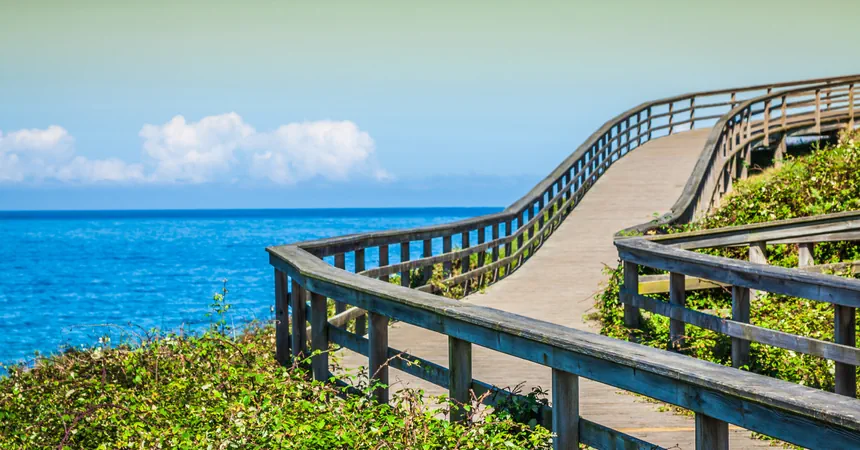
3.- Which are the best days to visit the As Catedrais Beach
Try to avoid the weekend, it is when it is busiest. If you can go Monday through Thursday, you’ll more than likely have the beach (almost) to yourself. As long as it’s not July or August, of course.
4.- and what is the best time
First thing in the morning is the best time to visit Playa de las Catedrales. As low and high tide times must be taken into account, our recommendation is that you arrive one to two hours before low tide. In this way you can take advantage of the maximum width of the beach to walk it.
5.- When is it necessary to reserve the entrance to Playa de las Catedrales
As a protected natural space that it is, there are certain restrictions on access to Playa de las Catedrales although, in any case, there is never a cost to enter. You can make a visit without prior registration to Playa de las Catedrales, in the period between October 1 and June 30. The only exception to these dates is around Easter, which in 2023 runs from March 31 to April 10.
Outside of these dates, it is necessary to reserve the free entrance to the Playa de las Catedrales for a specific day (in which you can enter and leave them as many times as you want) and it is better to do it as soon as possible, as soon as you are clear about your dates. journey.
The only limitation is that it is not allowed to book the ticket more than 30 days in advance.
6.- This is how the ticket is reserved if you visit when it is mandatory
If you are going to visit Playa de las Catedrales on a guided excursion from Lugo, La Coruña or Santiago de Compostela, you do not need to do anything and the company that takes you and brings you will take care of everything. But if you are going to do the free visit, you will have to make your request for the date, and if applicable, time, through the official website of Playa de las Catedrales.
Keep in mind that if the reservation is for several people you will need the full name and ID of each one (except for those under 14 years of age).
7.- How to go to Las Catedrales Beach
In addition to an excursion to Playa de las Catedrales, as we have mentioned before, the best way to get there is by car and leave it in one of its car parks, since the combinations by public transport from Galicia or Asturias are very time consuming.
For more details, here you have all the transport possibilities from within Galicia or from other parts of Spain.
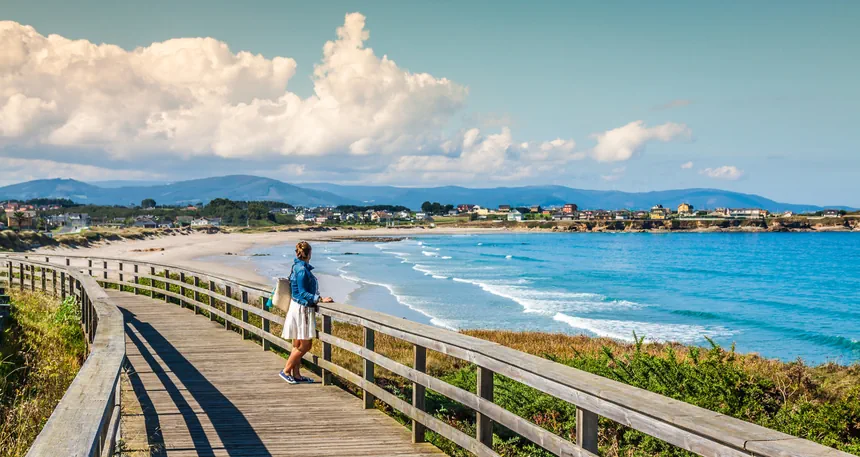
8.- Precautions when going down to the beach
The Playa de las Catedrales is bordered by a coastal path, so you can see it from several points before going down to it. To access Playa de las Catedrales there is a ramp that leads to a final flight of stairs with about fifty steps, so it is not accessible for those in a wheelchair. Even if this is not your case, hold on to the railing and be careful to avoid slipping on them.
In case there are movement difficulties, it should be noted that the action of the sea and the tides can remove sand at the end of the stairs. In this way, in certain circumstances the last step can be higher than usual from the ground, requiring a small jump to save it.
9.- Beware of landslides
Yes, the advice sounds a bit dramatic but you have to understand that you are not in an amusement park but in an area where nature acts at its whim. There are no metal meshes that prevent landslides, such as those that can be seen installed on the slopes of the mountains next to the roads, since that would be an artificial intervention that is harmful to the ecosystem.
It walks parallel to an area of cliffs that have received the blows of the wind and the blows of the sea for centuries, which are precisely the causes of the rock formations that can be seen. Therefore, landslides are a natural part of their existence.
As a general rule, check the weather the day you go and the days before. If it has rained heavily, take extreme precautions.
10.- Things to put in your backpack to visit Playa de las Catedrales
It is advisable a small backpack in which you carry:
- Sun protection, even if the sky is very cloudy
- A bottle of water
- Fruit and/or snacks, depending on when you have had breakfast or lunch, since the usual thing is to spend about two hours in the sand.
- A flashlight, if you look into any of the caves in the cliffs, although we need to point out that it is not a recommended practice.
- A beach towel, if the temperature and weather are right, or a smaller towel to clean your feet (if you have barefoot) when leaving the beach.
- In the backpack you can store clothes that you take off, or bring clothes to put on if it gets cold.
- Spare shoes, in a plastic bag, if you have wet yours.
Can you bathe at Playa de las Catedrales? It is a protected natural space but bathing is allowed in season if the lifeguards so indicate and if the state of the sea allows it, observing the corresponding signage in the form of a flag.
But, if you are cold, remember that in July the average water temperature in Playa de las Catedrales is about 18/19º.
Except in the case of guides or guides, access to Las Catedrales Beach is not allowed for dogs during Holy Week (from the Saturday before Palm Sunday to Easter Monday, both included) or summer (from May 15 to September 15, both included). This does not affect the rest of the dates or the marked trails that surround the beach.
It shouldn’t be necessary or mention it, but you can’t make a fire on the beach or climb the cliffs, among other restrictions when visiting and caring for this natural space.

